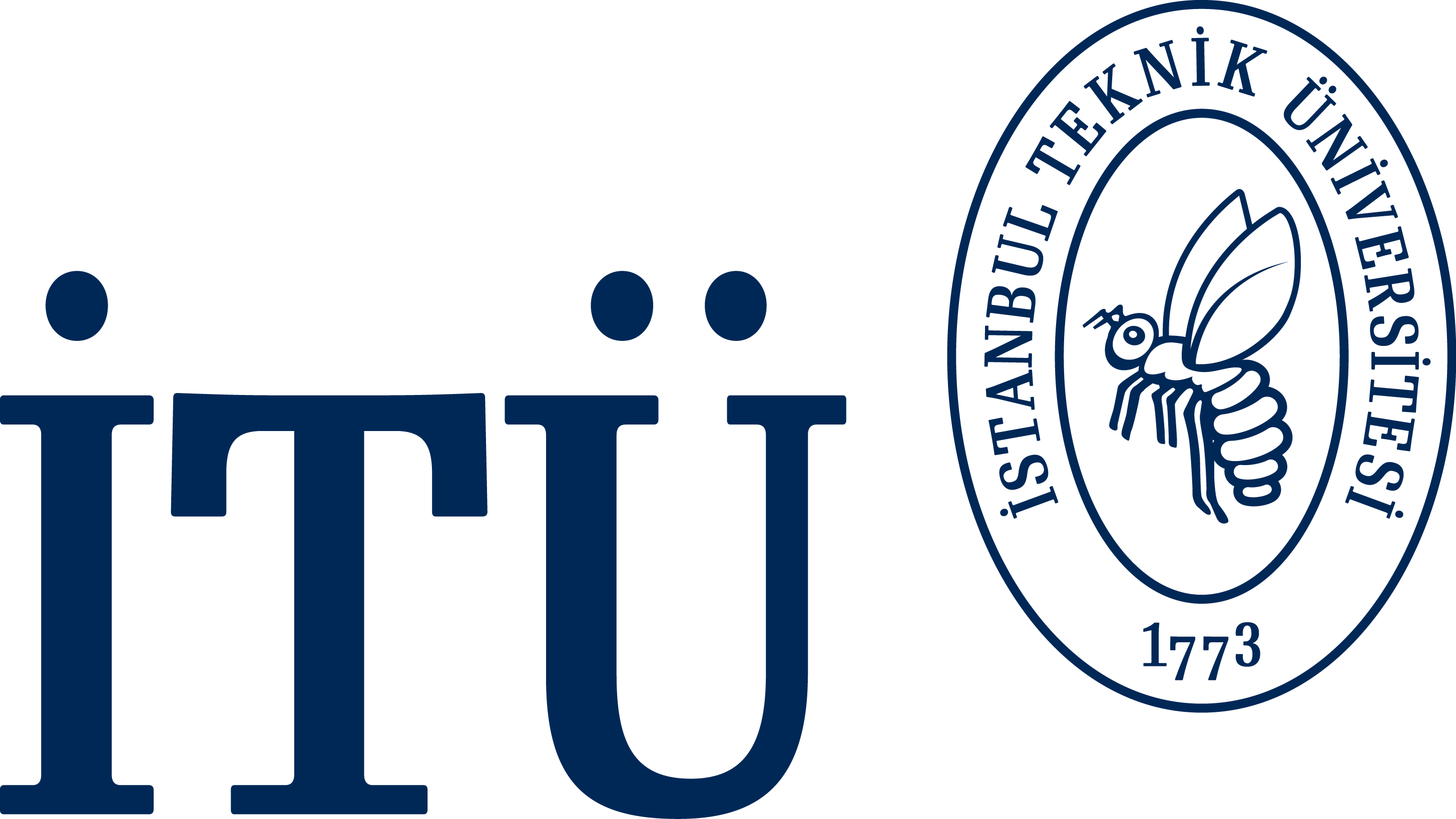
|
DERS PROGRAMI FORMU
|
Son Güncelleme (Last Update)
06.10.2025
|
| Dersin Adı: Yüzeyler Teorisi | Course Name: Theory of Surfaces |
| Kod (Code) |
Yarıyıl (Semester) |
Kredi (Local Credits) |
AKTS Kredi (ECTS Credits) |
Ders Uygulaması, Saat/Hafta (Course Implementation, Hours/Week) |
||
| Ders (Theoretical) |
Uygulama (Tutorial) |
Laboratuvar (Laboratory) |
||||
| MAT 417/E | 6,7,8 | 3 | 6 | 3 | 0 | 0 |
| Bölüm / Program (Department / Program) |
Matematik / Matematik Mühendisliği
(Mathematics / Mathematical Engineering) |
||
| Dersin Türü (Course Type) |
Seçmeli
(Elective) |
Dersin Dili (Course Language) |
Türkçe / İngilizce
(Turkish / English) |
| Dersin Ön Koşulları (Course Prerequisites) |
MAT 201-E / MAT 210-E/ MAT 232-E min DD | ||
| Dersin Mesleki Bileşene Katkısı, % (Course Category by Content, %) |
Temel Bilim ve Matematik (Basic Sciences and Math) |
Temel Mühendislik (Engineering Science) |
Mühendislik / Mimarlık Tasarım (Engineering / Architecture Design) |
Genel Eğitim (General Education) |
| 90 | - | - | 10 |
| Dersin Tanımı (Course Description) |
3-boyutlu Euclid Uzayında Yüzeyler. Birinci Esas Form. Yüzeylerin Tasviri. Gauss Tasvirinin Geometrisi. Doğrusal Yüzeyler. Minimal Yüzeyler. Yüzeylerin İç Özellikler. Gauss Egregium Teoremi. Jeodezikler. Gauss-Bonnet Teoremi. Üstel Tasvir. |
| Surfaces in 3-dimensional Euclidean Space. First Fundamental Form. Mappings of Surfaces. Geometry of the Gauss map. Ruled Surfaces. Minimal Surfaces. Intrinsic Properties. Theorema Egregium of Gauss. Geodesics. Gauss-Bonnet Theorem. Exponential Map. | |
| Dersin Amacı (Course Objectives) |
|
|
|
| Dersin Öğrenme Çıktıları (Course Learning Outcomes) |
Bu dersi tamamlayan öğrenciler aşağıdaki becerileri elde eder:
|
Students completing this course will be able to:
|